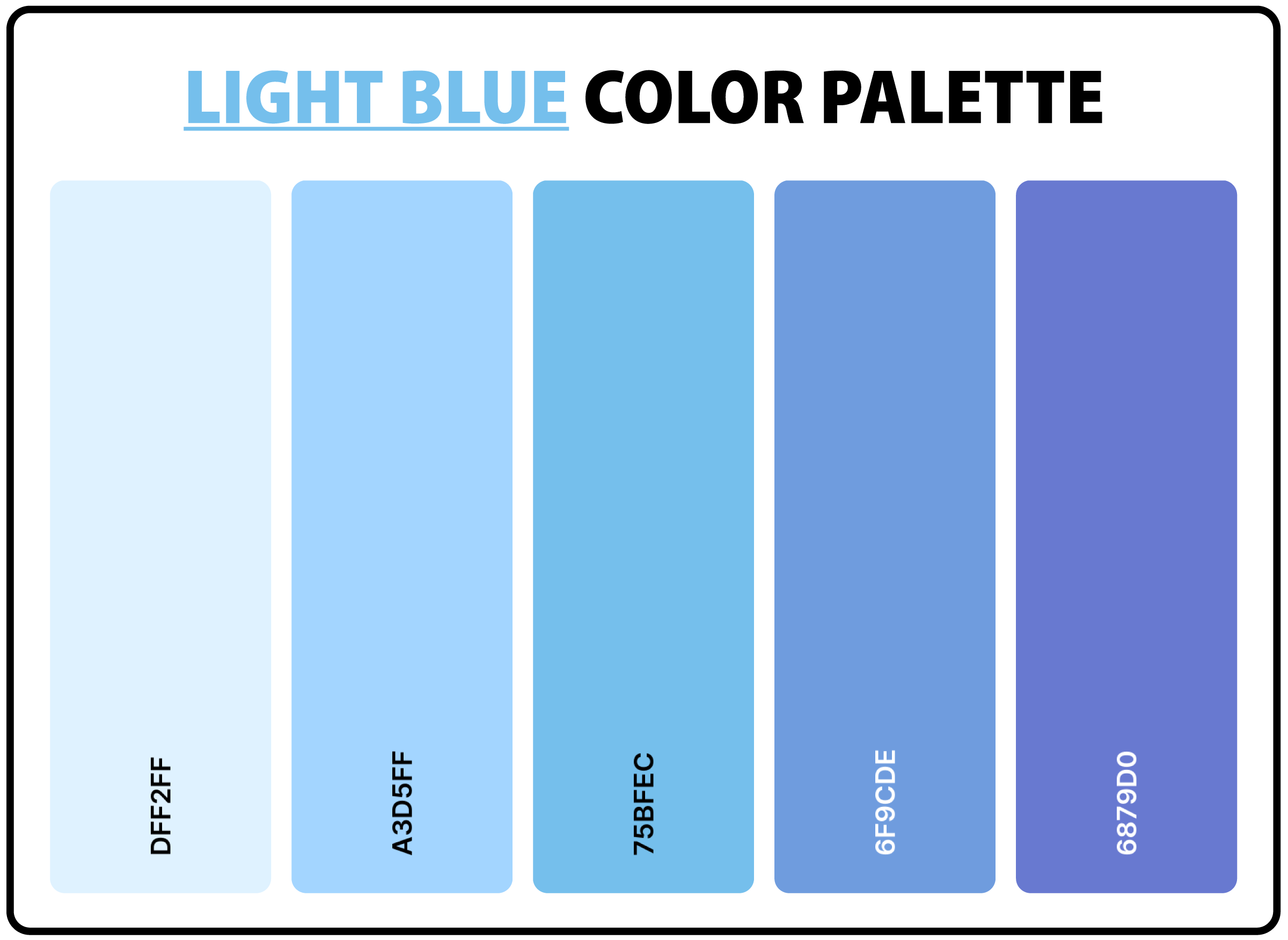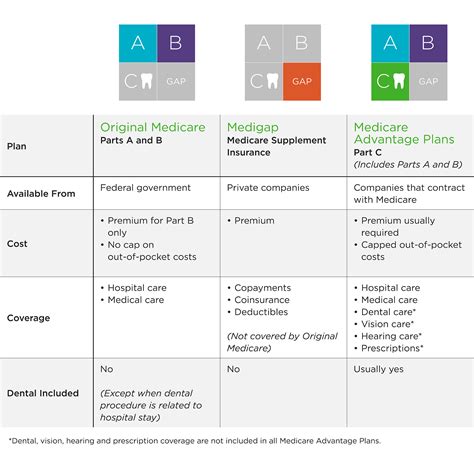National Flood Insurance

National Flood Insurance is a vital program in the United States that provides financial protection and peace of mind to homeowners, renters, and business owners in flood-prone areas. With the increasing frequency and intensity of flooding events due to climate change, understanding this insurance and its benefits is more crucial than ever. In this comprehensive guide, we will delve into the intricacies of National Flood Insurance, exploring its history, coverage options, claim process, and its significance in safeguarding communities.
A Comprehensive Overview of National Flood Insurance

The National Flood Insurance Program (NFIP) was established by the United States Congress in 1968 to address the lack of availability and affordability of flood insurance in the private market. It is administered by the Federal Emergency Management Agency (FEMA) and offers flood insurance to property owners in participating communities. The primary goal of NFIP is to reduce the impact of flooding on individuals and communities by providing an insurance option and promoting floodplain management measures.
The Importance of Flood Insurance
Flooding is one of the most common and costly natural disasters in the US, causing billions of dollars in damage annually. Traditional homeowners’ insurance policies typically do not cover flood damage, leaving many property owners vulnerable to significant financial losses. National Flood Insurance steps in to fill this gap, offering comprehensive coverage for both structural and personal property damage caused by floods.
By purchasing flood insurance, individuals can protect their homes, businesses, and belongings from the devastating financial consequences of flooding. This insurance provides crucial financial support during times of crisis, allowing policyholders to rebuild and recover more quickly. Additionally, NFIP plays a vital role in community resilience, as it encourages responsible floodplain development and helps communities prepare for and mitigate the impacts of flooding.
Eligibility and Participation
National Flood Insurance is available to property owners in communities that participate in the NFIP. These communities must meet certain criteria, including adopting and enforcing floodplain management ordinances to reduce flood risks. Over 22,000 communities across the US have joined the program, making flood insurance accessible to a wide range of property owners.
Even if a community is not currently participating in NFIP, it can apply to join and make flood insurance available to its residents. This process typically involves the community working with FEMA to develop and implement effective floodplain management strategies. Once accepted, the community gains access to the benefits of the program, including flood insurance and potential funding for flood mitigation projects.
Coverage Options and Policies
National Flood Insurance offers a variety of coverage options to meet the diverse needs of property owners. The two primary types of policies are:
- Building Property Coverage (Dwelling Policy): This policy covers the insured building and its foundation, as well as the contents inside. It provides protection for direct physical loss caused by flooding, including damage to the structure, electrical and plumbing systems, and personal belongings.
- Personal Property Coverage (Contents Policy): This policy is designed for renters and homeowners who do not require building coverage. It covers the personal property within a residential or non-residential building, such as furniture, clothing, electronics, and business equipment. This policy can be purchased separately or in conjunction with a Dwelling Policy.
NFIP policies have specific coverage limits and deductibles, which can be customized to fit the needs and budget of the policyholder. It's important to note that flood insurance typically has a waiting period of 30 days before coverage becomes effective, so it's crucial to plan and purchase insurance well in advance of the flood season or potential flood events.
Understanding Flood Zones and Risk
Flood zones are areas identified by FEMA that have varying levels of flood risk. These zones are categorized into different types, with Special Flood Hazard Areas (SFHAs) being the highest-risk zones. Properties located in SFHAs are typically required to have flood insurance if they have a federally backed mortgage.
| Flood Zone Type | Description |
|---|---|
| Zone A or AE | High-risk areas with a 1% annual chance of flooding |
| Zone AH | Areas with a 1% annual chance of shallow flooding |
| Zone AO | Areas with a 1% annual chance of sheet flow flooding |
| Zone V or VE | Coastal areas with a 1% annual chance of storm surge flooding |
| Zone X or B | Moderate- to low-risk areas |
| Zone C or D | Undetermined or minimal flood hazard areas |

Understanding your property's flood zone is crucial when considering National Flood Insurance. Properties in high-risk zones are more likely to experience flood damage and may have higher insurance premiums. However, even properties in moderate- to low-risk zones can benefit from flood insurance, as flooding can occur anywhere and at any time.
The Claim Process
In the unfortunate event of a flood, policyholders can file a claim with their insurance provider. The claim process typically involves the following steps:
- Report the Loss: Notify your insurance provider as soon as possible after the flood event. They will guide you through the necessary steps and provide information on documentation requirements.
- Document the Damage: Take photos and videos of the flood damage to your property and belongings. This documentation will be crucial in supporting your claim.
- Complete the Proof of Loss Form: This form is a legal document that outlines the details of your claim, including the date of loss, the cause of the loss, and the estimated value of the damage. It must be completed and submitted within a specific timeframe.
- Assessment and Adjustment: An insurance adjuster will be assigned to your claim. They will inspect the damage, review your documentation, and work with you to determine the value of the loss. This process may involve additional steps, such as obtaining repair estimates or seeking expert opinions.
- Payment and Recovery: Once the claim is approved and the value of the loss is determined, the insurance provider will issue a payment to cover the damages. Policyholders can use this payment to repair or replace their damaged property and belongings.
It's important to keep detailed records of all communication and documentation related to your claim. This includes copies of emails, letters, and any other correspondence with your insurance provider. Additionally, be prepared to provide additional information or evidence if requested by the insurance adjuster.
The Role of Community Participation
National Flood Insurance is not just about individual protection; it also plays a significant role in community resilience and preparedness. Communities that participate in NFIP benefit from a range of resources and support to mitigate flood risks and improve overall floodplain management.
FEMA provides communities with access to flood maps, which outline the flood zones and potential flood risks within their area. These maps are crucial for land-use planning, zoning regulations, and informing development decisions. Additionally, communities can work with FEMA to develop and implement flood mitigation strategies, such as elevating structures, installing flood barriers, or implementing natural floodplain management techniques.
By actively participating in NFIP, communities can reduce their overall flood risk, making them more resilient to future flood events. This, in turn, can lead to lower insurance rates for property owners and a more sustainable and prepared community.
The Future of Flood Insurance
As climate change continues to impact weather patterns and increase the frequency and severity of flooding events, the role of National Flood Insurance becomes even more critical. FEMA and the insurance industry are continuously working to improve the program and adapt to changing flood risks.
One key focus area is the development of more accurate and advanced flood risk models. These models use sophisticated data analysis and modeling techniques to assess flood risks more precisely. By incorporating factors such as climate change, land-use changes, and evolving weather patterns, these models can provide more reliable flood zone designations and insurance rate calculations.
Additionally, there is a growing emphasis on encouraging and incentivizing flood mitigation measures. FEMA offers grants and technical assistance to communities to implement flood mitigation projects, such as floodproofing structures, acquiring and demolishing repetitive loss properties, and enhancing natural floodplain functions. These measures not only reduce flood risks but also lead to lower insurance premiums for property owners.
National Flood Insurance is a vital tool for individuals and communities to manage the financial risks associated with flooding. By understanding the program, its coverage options, and the claim process, property owners can make informed decisions to protect their assets and contribute to the overall resilience of their community.
How often do I need to renew my National Flood Insurance policy?
+NFIP policies typically have an annual term and must be renewed each year to maintain continuous coverage. It’s important to note that the renewal process may vary slightly depending on your insurance provider, so be sure to check with them for specific details.
Can I purchase National Flood Insurance if I don’t have a mortgage on my property?
+Yes, National Flood Insurance is available to all property owners, regardless of whether they have a mortgage. Even if your lender does not require flood insurance, it is highly recommended to have coverage to protect your investment and belongings.
Are there any discounts or incentives available for National Flood Insurance policies?
+Yes, FEMA offers various discounts and incentives to encourage flood insurance coverage and floodplain management. These may include lower rates for properties that have implemented flood mitigation measures, such as elevating the structure or installing flood barriers. Additionally, communities that actively participate in NFIP and implement effective floodplain management strategies may qualify for reduced insurance rates.
What should I do if my property is damaged by a flood but I don’t have National Flood Insurance?
+Unfortunately, without flood insurance, you may be responsible for the full cost of repairing or replacing your damaged property. It’s important to remember that flood damage is typically not covered by standard homeowners’ insurance policies. However, you can still take steps to mitigate the impact of the flood, such as documenting the damage, contacting your local emergency management agency, and exploring potential financial assistance programs offered by FEMA or other government agencies.



